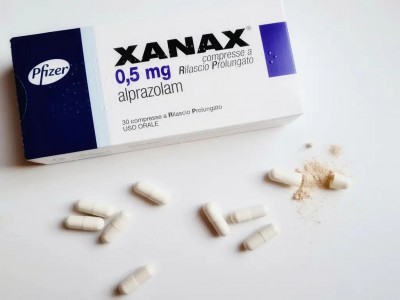The closest drug to Xanax (alprazolam) in terms of its pharmacological effects and therapeutic uses is clonazepam, which is sold under the brand name Klonopin. Both Xanax and Klonopin belong to the benzodiazepine class of medications, which are commonly prescribed for anxiety disorders, panic attacks, and sometimes for the treatment of seizures.
Read also g4 sildenafil 100 mg.
Like Xanax, Klonopin works by enhancing the activity of gamma-aminobutyric acid (GABA) in the brain, which has a calming effect on the nervous system. Both medications are effective for short-term relief of anxiety symptoms and are known for their relatively quick onset of action. However, there are some differences between the two drugs:
Duration of Action: Klonopin has a longer half-life compared to Xanax, meaning it stays in the body longer and provides a more prolonged effect. Xanax is typically used for acute anxiety episodes because of its shorter duration of action.
Onset of Action: Xanax tends to work more quickly than Klonopin, making it useful for immediate relief of acute anxiety symptoms. Klonopin, while also quick-acting, is often used for longer-term management of anxiety disorders.
Dosing Frequency: Due to its longer duration of action, Klonopin is usually taken once or twice a day, whereas Xanax may need to be taken multiple times a day to maintain its effect.
Other benzodiazepines similar to Xanax include diazepam (Valium) and lorazepam (Ativan). Valium has a longer duration of action and is used for various anxiety disorders, muscle spasms, and alcohol withdrawal symptoms. Ativan has an intermediate duration and is commonly prescribed for anxiety, insomnia, and as a preoperative medication.
It's important to use benzodiazepines under the guidance of a healthcare provider due to the risk of dependence, tolerance, and withdrawal symptoms associated with long-term use. The choice of medication should be based on the specific needs of the patient, their medical history, and the duration of treatment required.
